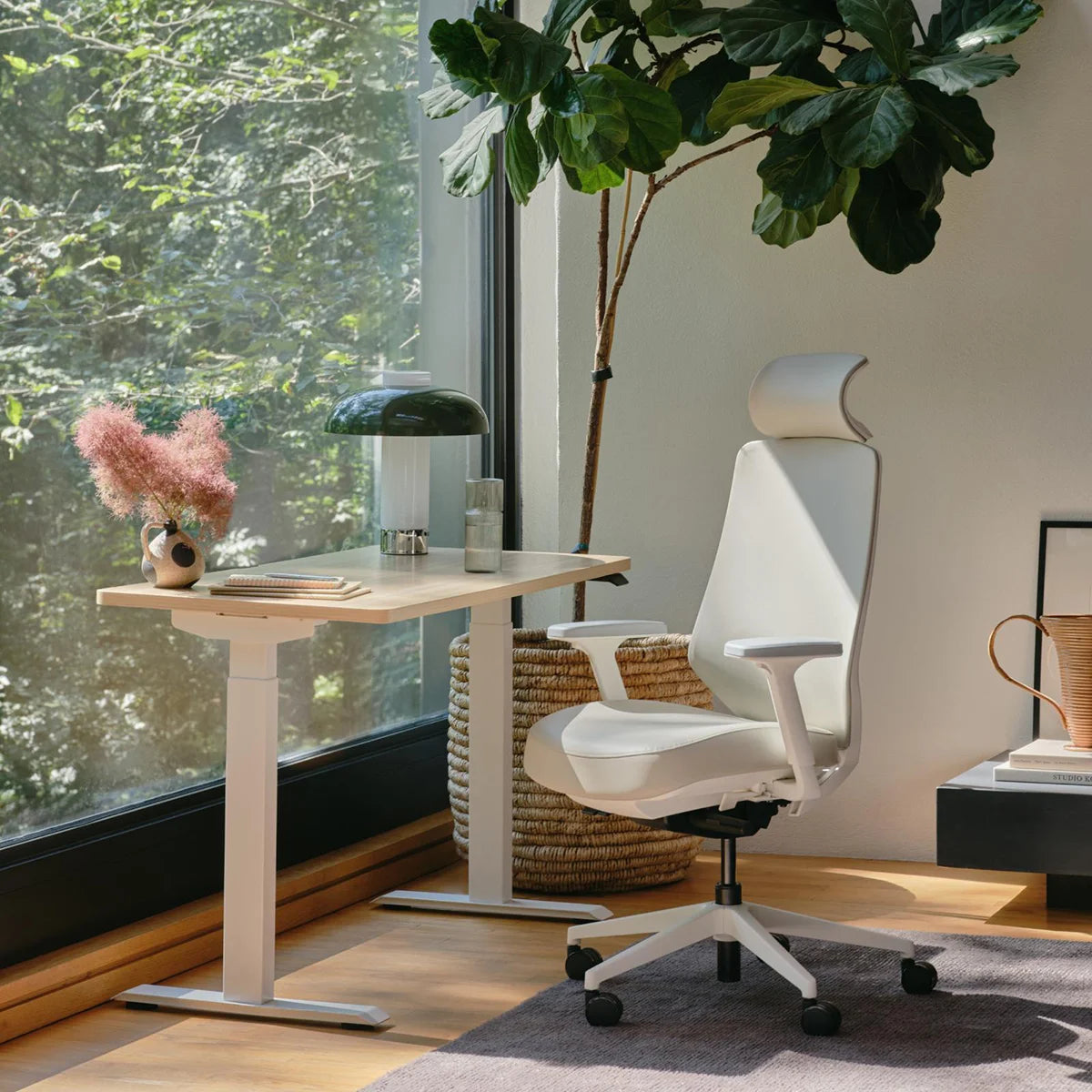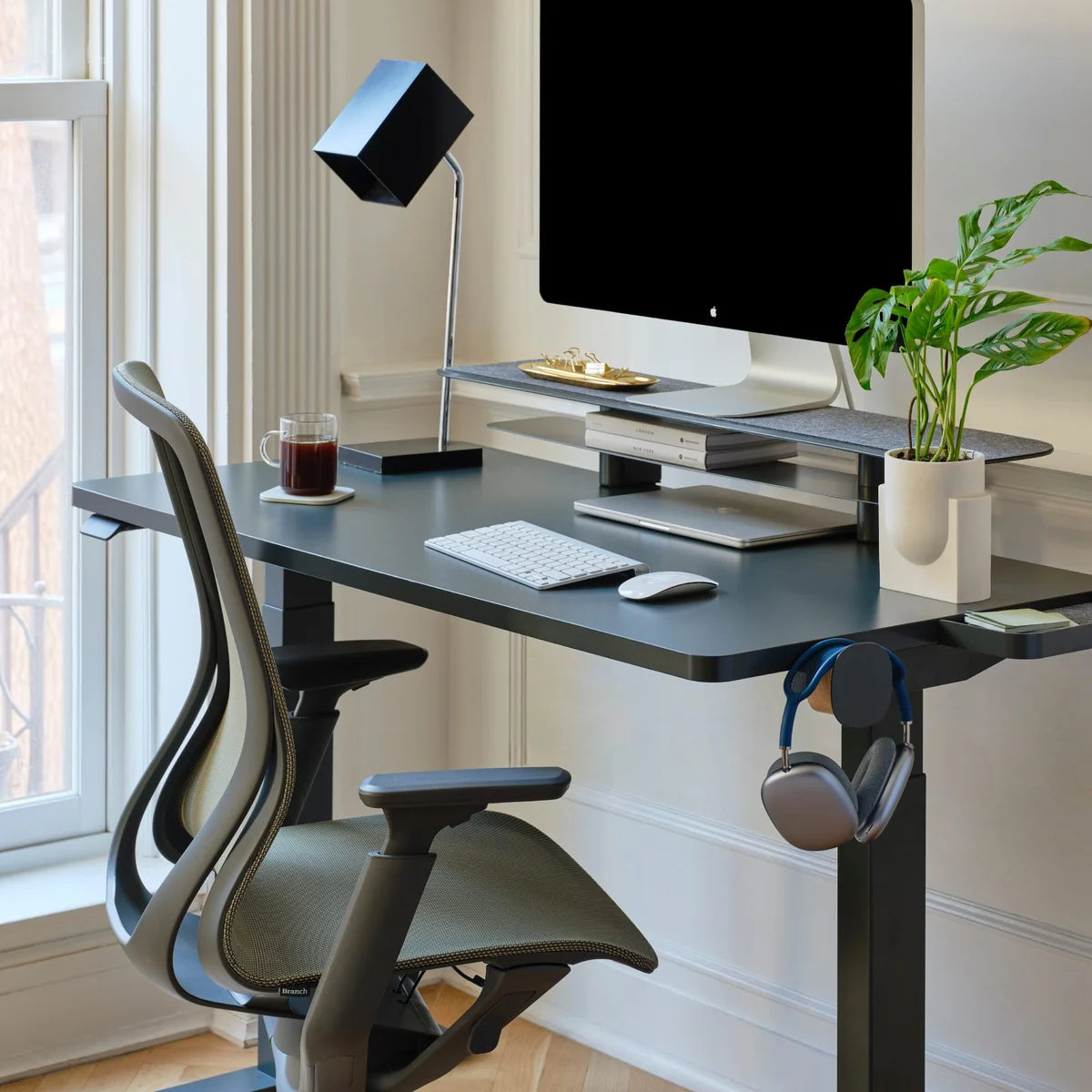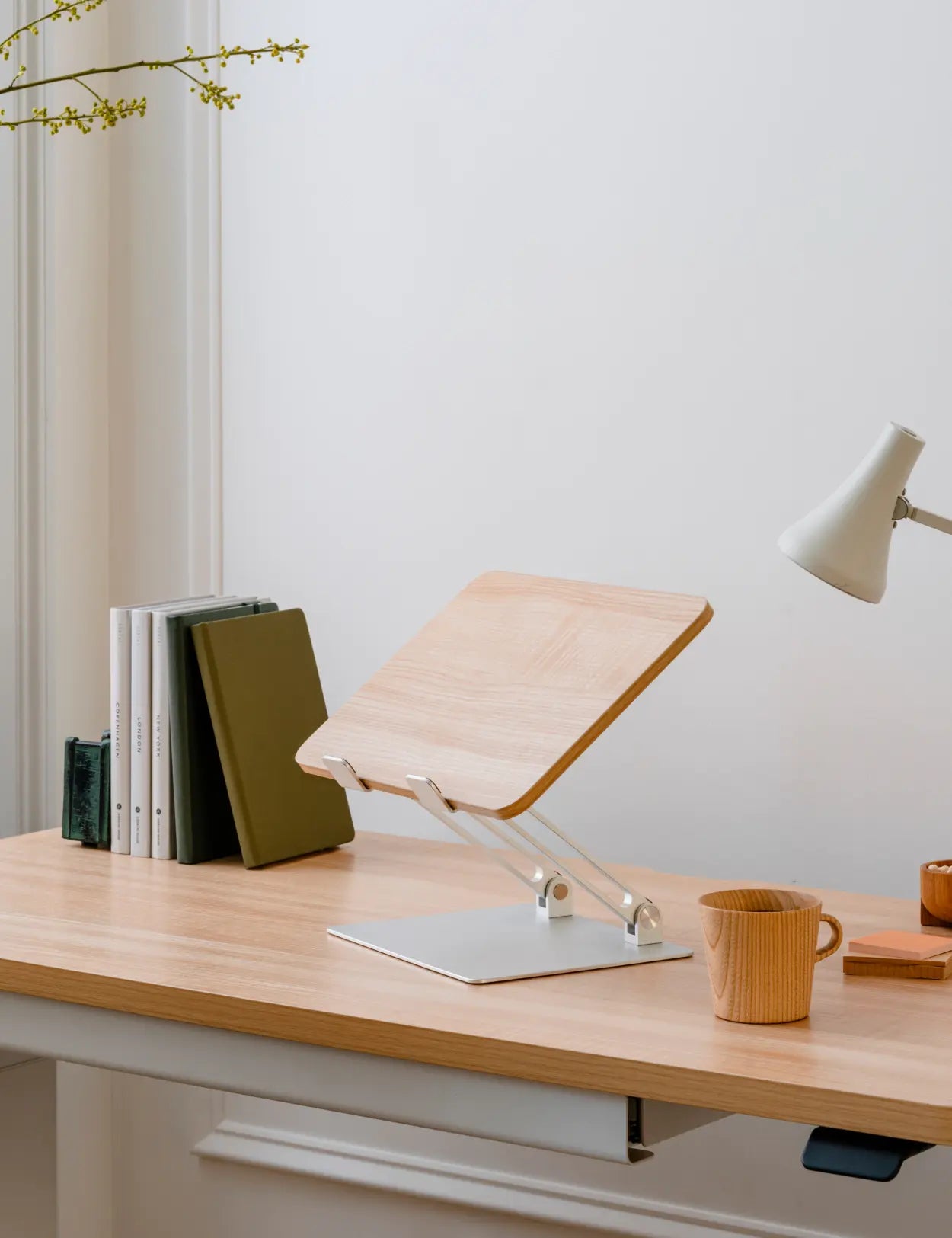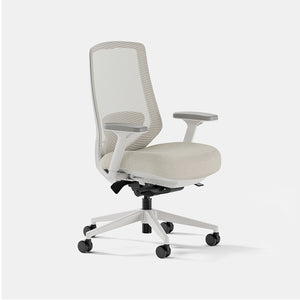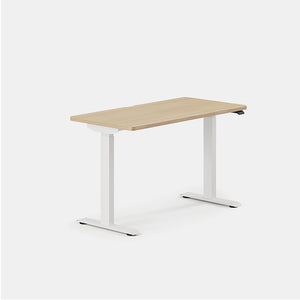In today's fast-paced corporate environments, the workspace has evolved, and so have the demands it places on our bodies. Long gone are the days where one-size-fits-all — in the modern world, individualized comfort and health-focused setups reign supreme.
Ergonomics, the science of designing the workspace to fit the worker, has become an essential part of this evolution. As more professionals spend four to five hours (at least) everyday on laptops, understanding the nuances of an ergonomic setup is crucial.
Let's delve into aligning your laptop environment with your body's needs.





